What is Tabby Cats?
The tabby cat is not a specific breed, but rather a coat pattern that occurs in various cat breeds. The term “tabby” is used to refer to the striped, spotted, or swirly markings that are commonly found on cats. These markings are usually accompanied by an “M”-shaped mark on their forehead,
Which is a special feature of tabby cats. Although tabby cats come in many different colors, the orange tabby is the most popular and recognizable. It’s known for its bright, rich coat and friendly, lovable personality.
The beauty of tabby cats is their diversity they come in a variety of breeds, from domestic cats to wild cats like tigers. Their unique patterns and colors, including stripes, spots, and swirls, are the result of specific genetic traits. Although tabby cats are generally friendly, social, and playful.
It’s good to keep in mind that each tabby cat can have its own unique personality.
So, Tabby is about a pattern not a breed and it has become a favorite term for the charming, striped cats that win hearts around the world.
What Makes Orange Tabby Cats So Special?
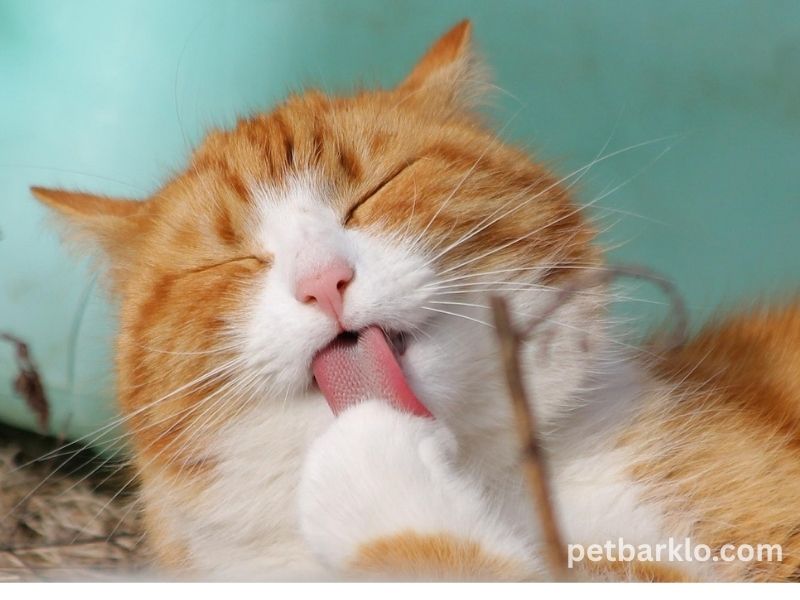
All cats are beautiful in their own way, but orange tabbies are especially recognizable because of their colorful fur and unique markings. Tabby refers to the stripes, spots, or spotted designs that naturally form on a cat’s body.
Orange tabbies are also often known for their playful personalities and friendly dispositions.That’s why they quickly win hearts.The design depends on the breed of cat and its genetic makeup, sometimes these markings are limited to only certain parts of the body.
While in some cats they are spread over the entire body. Interestingly, almost every orange tabby cat also has a prominent ‘M’ shaped mark on its forehead, which is another distinctive feature of them.
There are Five Distinct Types of Tabby Patterns.
Every orange tabby cat is unique, but there are some common patterns and characteristics that make them easy to identify. These characteristics include:
- Classic Tabby: Features swirling stripes and an “M” mark on the forehead, with lighter paws and lips.
- Mackerel Tabby: Has thin, parallel stripes resembling fish bones, with pencil-like lines on the face.
- Spotted Tabby: Displays spots or round patterns, with an “M” mark on the forehead and a lighter belly.
- Ticked Tabby: Each hair is banded with alternating colors, giving a speckled look, with lighter chin and belly.
- Patched Tabby: It has random patches of different colors on its body, with lighter-colored paws and lips, and thin lines around its eyes.
These characteristics can help you better identify an orange tubby. Now, let’s take a closer look at these five popular tubby patterns so that you can identify them further.
1- Classic Orange Tabby Cats
While the Mackerel Tabby is often referred to as a lion cat, the Classic Tabby is the most common. These cats have a bold pattern running down their backs that looks like marbling in a cake. They have irregular, swirling lines of black and light gold, which appear in the shape of a bull’s eye.
Classic tabby cats typically have a beautiful and well-balanced body, and their variety of shapes and colors adds to their popularity. These cats also typically have a soft and charming face, with thin lines and bright eyes that further enhance their beauty.
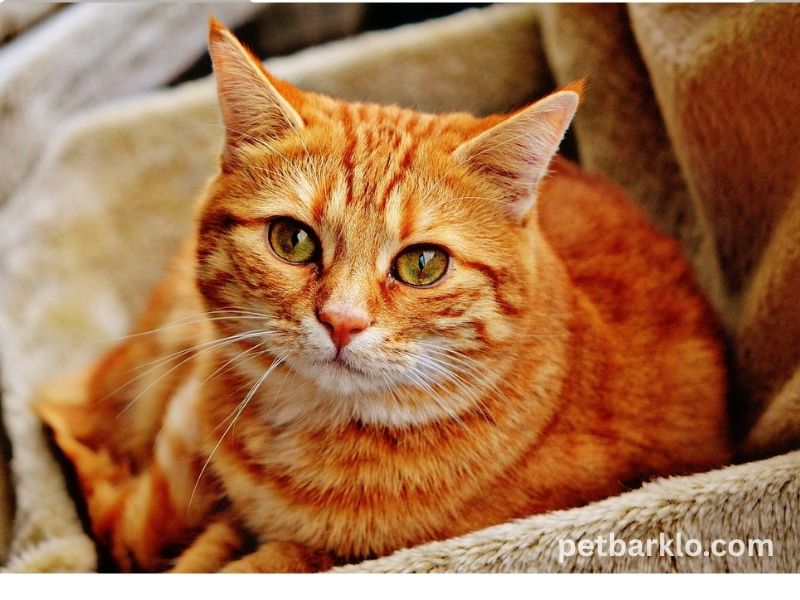
Fun & Facts About Classic Orange Tabby Cats
Marble-like Patterns: The swirling patterns on a Classic Orange Tabby’s fur often resemble marble, making each cat’s coat unique and eye-catching.
“Bull’s Eye” Design: Classic Orange Tabbies are known for the “bull’s eye” pattern on their sides, which adds to their distinct look and makes them easy to recognize.
Affectionate Nature: These cats are incredibly affectionate and love being close to their owners. They often seek attention and enjoy cuddling, making them great lap cats.
Moderate Energy: While they enjoy playing and staying active, Classic Orange Tabbies are also happy to lounge around and relax, striking a balance between energy and calmness.
Iconic “M” Marking: Like other tabby cats, Classic Orange Tabbies have the signature “M”-shaped marking on their forehead, which is a hallmark trait that makes them stand out.
Famous in Pop Culture: Classic Orange Tabbies have been made famous by characters like Garfield, who represents their lazy and food-loving nature.
2- Mackerel Orage Tabby Cats
When you hear about “orange tabby,” you often think of the variety known as the mackerel tabby. The mackerel tabby is often called the “lion cat” because of its sleek, straight stripes that run parallel across its body, giving it a strong, tiger-like appearance. The pattern of these stripes is such that they are in a specific order and do not vary.
Although the stripes are similar to those of a tiger, they radiate from the cat’s spine, forming a pattern that resembles the bones of a fish, hence the name “mackerel.” Their stripes are beautiful and arranged, which makes them special. Mackerel tabby cats are generally friendly and affectionate, and their charming stripes make them even more lovable.
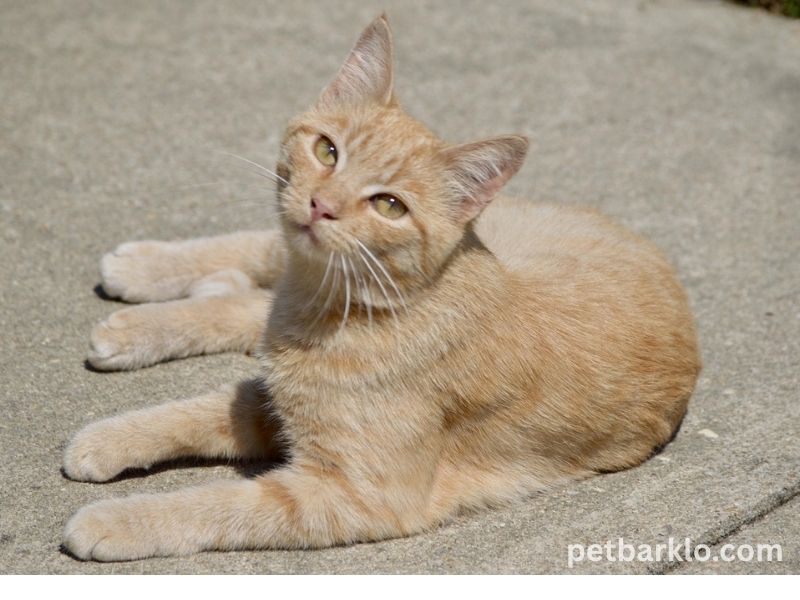
Fun & Facts About Mackerel Orange Tabby Cats
Fishbone Pattern: The stripes on a Mackerel Orange Tabby resemble a fishbone structure, with narrow, parallel lines running down their body, which is why they’re named “Mackerel.”
Tiger-Like Appearance: Mackerel Orange Tabbies are often referred to as the “tiger cats” due to their distinctive, bold stripes, making them look like mini tigers.
Active and Playful:These cats are super energetic and love to play a lot.They love to chase and hunt, displaying an energetic, tiger-like hunting instinct.
Affectionate Nature: Even though they look fierce, Mackerel Orange Tabbies are actually very loving. They love being around people and are often super cuddly with their owners.
High Intelligence: Mackerel Orange Tabbies are highly intelligent cats. They are quick learners and enjoy interactive toys that challenge their minds.
3- Spotted Orange Tabby Cats
Tabby cats are usually recognized by their stripes, but they also have spots. Spotted tabby cats have bright spots of varying sizes spread across their bodies, and this pattern is similar to that of the mackerel tabby. Sometimes, these spots can be difficult to identify.
Because their structure looks almost the same. Experts have not yet been able to determine whether spotted tabby cats are related to mackerel tabbies or whether they are genetically different cats. This feature of spotted tabby cats makes them special and unique, and they look different from other cat patterns. Their pattern can also affect the cat’s temperament.
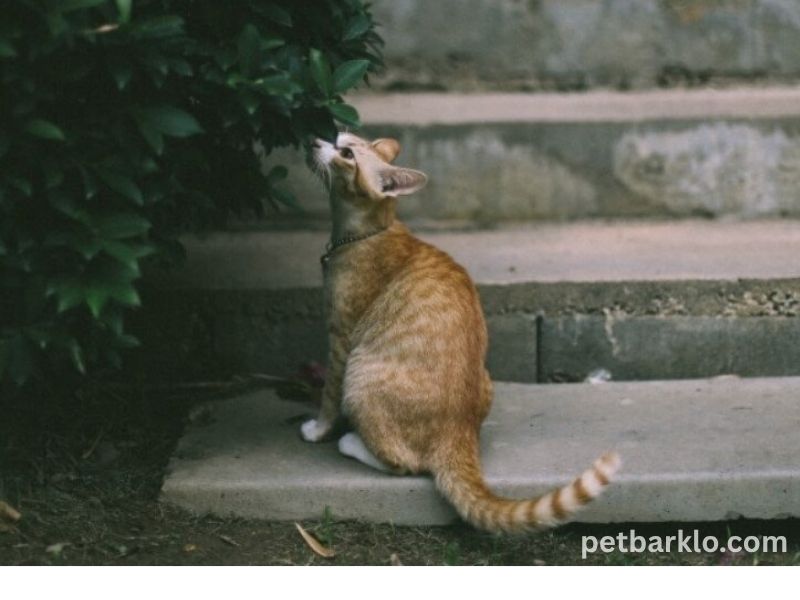
Fun & Facts About Spotted Orange Tabby Cats
Unique Coat Patterns: Spotted orange tabby cats have a distinctive coat pattern with spots or rosettes, which makes them stand out. Unlike the more common striped tabby, these spots are randomly placed and can vary in size, making each cat unique.
Genetic Variation: The spotted pattern in orange tabby cats is a result of specific genetic variations. The gene responsible for the tabby coat is dominant, but the actual pattern—whether it’s stripes, spots, or swirls—can vary depending on which specific alleles are inherited from the parents.
Highly Social: Orange tabby cats, including spotted ones, are often known for their friendly and social behavior. They tend to be more affectionate with humans than other cats, often seeking attention and interaction.
Not a Specific Breed: The spotted orange tabby pattern is not tied to one particular breed. It’s a coat pattern that can appear in various breeds, including domestic shorthairs and longhairs, giving them a wide range of personality traits.
More Males than Females: Like many orange cats, spotted orange tabby cats are more likely to be male than female. It’s estimated that about 80% of orange tabby cats are male due to the genetics involved in coat color inheritance.
Playful and Energetic: Spotted orange tabbies are known to be particularly playful and curious. Their high energy levels mean they enjoy interactive playtime and exploration, which makes them entertaining companions.
4- Ticked Orange Tabby Cat
This type of tabby is the most unique and rare, and it can be a little difficult to identify as a tabby because it does not have obvious spots or stripes. Ticked orange tabbies are light and soft in color, and have slight tabby markings on their foreheads, as well as agouti fur that makes them even more attractive.
Their stripes or spots are very faint, visible only in bright light, so they are often overlooked. This type of tabby is distinguished from other tabbies by its unique appearance. The most common breeds that are found with ticked tabbies are the Somali and the Abyssinian.

Fun & Facts About Spotted Orange Tabby Cats
Unique Coat Appearance: Ticked orange tabbies have a distinct coat. Their fur follows a special agouti pattern, where each hair has two colors. This gives them a “salt-and-pepper” effect, making their appearance even more unique.
Agility and Energy: Ticked orange tabby cats are highly agile and energetic. Breeds like Somali and Abyssinian cats are natural hunters. Their playful and curious personalities make them fun and exciting pets to have around.
Common in Two Breeds: Ticked orange tabby cats are primarily found in the Somali and Abyssinian breeds. Both breeds are well-known for their active and playful temperament.
Genetic Mutation: The ticked pattern is genetically recessive, meaning only cats with a specific genetic combination will have it. This makes ticked tabby cats relatively rare.
Social Personality: Ticked orange tabby cats are very social and friendly. They love human interaction and tend to form strong bonds with their owners. They are often seen cuddling and spending time with their family.
5- Bi-Color Orange Tabby Cat
While traditional tabby cats have a single solid orange tabby pattern on their body, orange tabby cats can often be seen in a bicolor pattern. These cats have a coat that is a combination of two colors, with some tabby patches that are darker than the rest of the body color.
These cats usually attract people’s attention because of their unique appearance and cute look. A common example of a bi-color orange tabby cat is one in which the orange tabby cat has white patches on its body, which makes them even more attractive. The color and pattern of these cats distinguish them from other cats, and this is what makes them popular as pets.
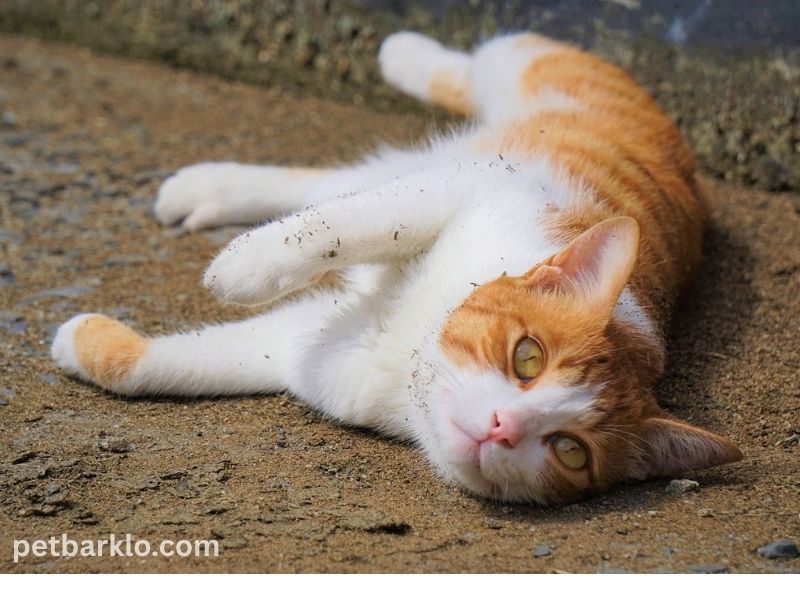
Fun & Facts About Bi-Color Orange Tabby Cat
Unique Spotting Pattern: Spotted bi-color orange tabby cats are known for their unique spotting pattern. Their coat has a combination of orange and white colors, with white patches and orange spots, which makes them even more distinctive.
Genetic Combination: The spotted bi-color pattern is the result of a special genetic combination. This pattern only appears in cats that inherit specific genetic traits, making it relatively rare.
Playful and Energetic: Spotted bi-color orange tabby cats are quite active and playful. They love playing and interacting with their owners, and their energetic nature makes them fun and entertaining companions.
Distinct Appearance: The most distinctive feature of these cats is their spotted and bi-color coat. The combination of orange and white colors makes them visually striking, and their appearance is easy to recognize.
Friendly and Social: Spotted bi-color orange tabby cats are very friendly and social. They form close bonds with their owners and enjoy spending time with them. Their nature is generally affectionate.
Commonly Found in Domestic Shorthair Breeds: Spotted bi-color orange tabby cats are often found in domestic shorthair breeds, although this pattern is still relatively rare within the breed. These cats are really loving and friendly, always enjoying the company of their owners.
Genetics
In cat genetics, coat color and pattern are passed on the X chromosome. Male cats have two X chromosomes (XX), while female cats have one X and one Y chromosome (XY).
The orange gene is dominant (O), so a cat only needs one copy of the orange gene to show the orange color in its coat. Due to this genetic fact, most orange tabby cats are males, because one orange tabby cat per litter requires two X chromosomes, so orange cats per litter are only possible about 20% of the time. .
A cat’s tabby pattern depends on whether it inherits the dominant or recessive agouti gene. Cats with the dominant agave gene (A) have distinct stripes, while cats with the non-dominant gene (a) do not have these stripes.
